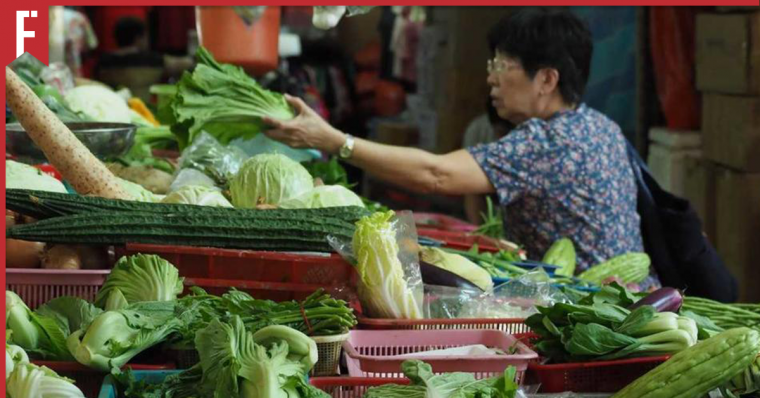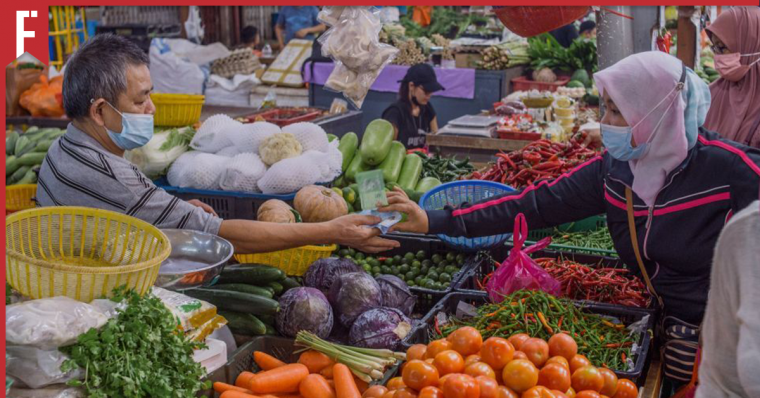
Sometimes I miss being a child. It was a simpler, more innocent time. A time when I never had to worry about aching knees or back pain. When all I had to do was go to school and play with my friends.
More importantly, it was also a time when a cup of Milo didn’t cost more than RM2.
And it’s not just Milo either. Every time I go grocery shopping, the final bill always seems a little bit higher than before. When I first started grocery shopping for myself all those years ago, the average bill was around RM90. Then it crawled up to RM100. And just last week, I paid RM117 for my weekly grocery shopping!
What’s going on here? Is it me? Am I the problem here? Is my Campbell’s soup addiction spiraling out of control? Do I need to cut down on my milk consumption? Should I stop buying premium coffee and switch to a cheaper brand?
But then I found out that it’s not just me — this is a nation-wide problem.
Prepare to Pay More. A Lot More

So we’ve got good news and bad news.
The good news is that Malaysia’s economy set to recover by around 6.5% this year.
The bad news is that the price of goods may be rising to up to 60% by June 2022. In other words, thousands of Malaysians will soon be struggling to survive — but hey, at least the stocks are going up!
Yay.
Things Are Already Getting More Expensive
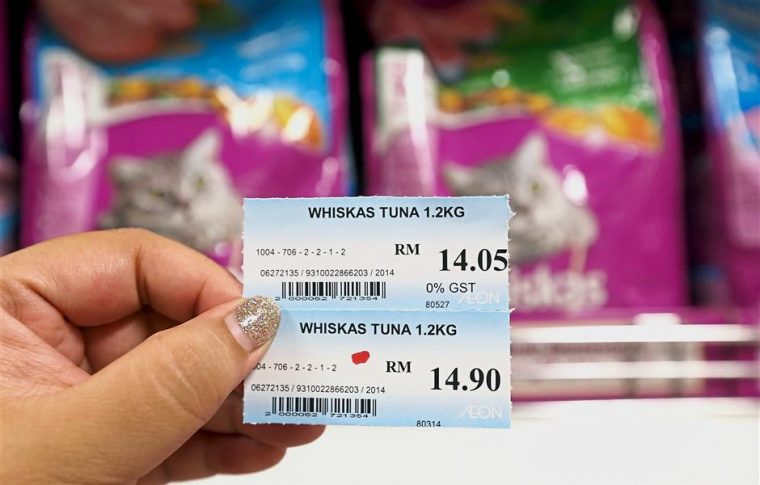
A 60% increase in the price of basic goods may sound crazy at first glance, but rest assured that it’s just as crazy at the second, third and fourth glances too.
Prices are already starting to creep up, with supermarkets such as AEON recently announcing product price increases.
“To give you some perspective, some of our products’ [prices] have been increased [from] 3% to 5%. But we have been able to delay the hike in order to give space to our consumers to adapt to the current [inflation] condition,” said AEON Malaysia Managing Director Shafie Shamsuddin.
He explained that AEON, like many other Malaysian retailers has been “resisting a lot of pressure” from suppliers to increase product prices since the beginning of the COVID-19 pandemic.
Many Consumers Are Already Feeling the Pinch
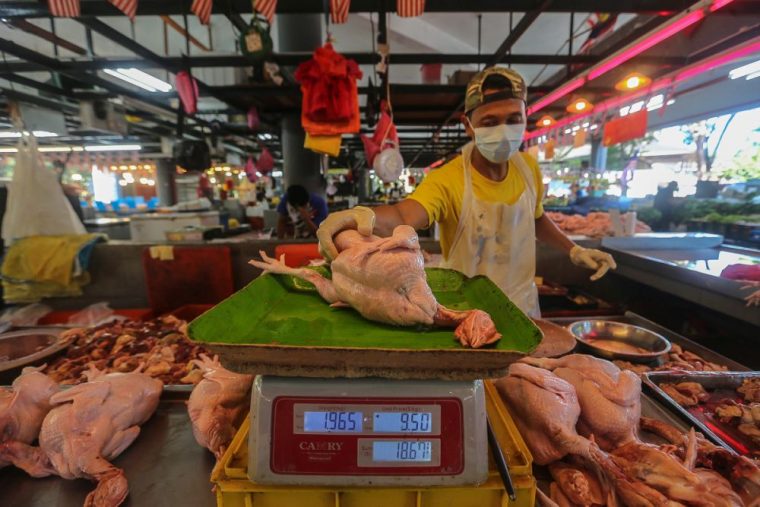
While the big chain supermarkets can afford to absorb some of the extra costs, many smaller traders don’t have that option. Over the past few weeks, traders working in wet markets all across the Klang Valley have been complaining about higher costs all across the board.
On May 2022, the New Straits Times found that wet market prices for most fresh produce had gone up. Chicken now costs between RM9.50 and RM10.50 per kg, prawn is RM30 to RM40 per kg and even chilies are now RM12 per kg!
“Almost everything at the market these days is being sold at higher prices. Traders who get their supplies from the middlemen will suffer as they have to pay more and make less profit. There are days traders can only break even,” said Sulaiman Mahdin, who sells local and imported beef at the Chow Kit wet market.
Having worked at his butcher stall for 40 years, Sulaiman says that he’s done his best to keep his prices low for the sake of his customers. But as the supplier prices continue to rise, he may soon have to adjust accordingly in order to survive.
“Previously, imported beef was sold at RM12 per kg. Nowadays, the price is between RM15 and RM17 per kg. We can’t do anything but to raise our prices as well,” he lamented. “Our hands are tied. It is either we comply or risk not having anything to sell by the end of the day.”
So How Did We Get Here?
What happened to our economy? Did we perhaps consume too many avocado toasts? Are we paying the price for buying too many overpriced Starbucks beverages?
Unfortunately, the answer is not quite so simple. According to the Ministry of Domestic Trade and Consumer Affairs (KPDNHEP), there are a variety of factors behind this price increase.
“With regards to the price increase, there is no single way to curb the issue as it is a global phenomenon that affected the whole world,” said Deputy Minister Datuk Rosol Wahid during an interview with Utusan Malaysia.
“We admit that there will be an increase in the price of the goods due to various factors, including COVID-19, transportation, the foreign exchange rate, the Russian-Ukraine war and also the floods. Even the announcement of the new minimum wage of RM1,500 is feared to be another contributing factor.”
Factor #1: Minimum Wage Increase

On 1 May 2022, Malaysia’s minimum wage went up from RM1,200 to RM1,500.
However, while many workers saw that and went “Yay! Now we can afford to buy more things!“, many unscrupulous traders saw that and said “Yay! Now we can raise our prices and make more money!“
To be fair, not all of the price increases are due to greed. As the cost of hiring people goes up, many companies have had to adjust their budgets in response.
For big companies, this may not be such a big deal. According to Shafie, around 3,700 AEON Malaysia employees had already been given the salary increments since January 2022, meaning that the minimum wage increase had little impact on their operating costs.
Smaller companies, on the other hand, may not have the free budget available to absorb this new cost. This leads to companies raising their prices in order to keep all their current employees.
Factor #2: The Russo-Ukrainian War

Ever since the Russo-Ukrainian conflict began in February 2022, many Malaysians seem to have ignored it as a “not my problem” factor. In fact, a study found that only 49% of Malaysians are paying attention to the conflict at all!
Honestly, this is understandable. The war is happening thousands of miles away, and between the COVID-19 pandemic and our crumbling economy, many of us already have plenty of other problems to worry about.
Unfortunately, ignoring the situation doesn’t mean that we can ignore its effects. In this case, the fact that Russia and Ukraine produce about 30% of exported fertilisers worldwide. Between the sanctions and the war, many farmers aren’t getting the fertilisers they need, which means that they’ll be growing less crops than normal.
It’s an issue of supply and demand. In this case, supplies are going down while demand is as high as ever.
Less crops leads to less available fresh fruits and vegetables. It also means less feed for animals like chicken or cows. And since there’s less food available but just as many people who need to eat, anything that’s left is all getting sold for a higher price.
Factor #3: Ripple Effects
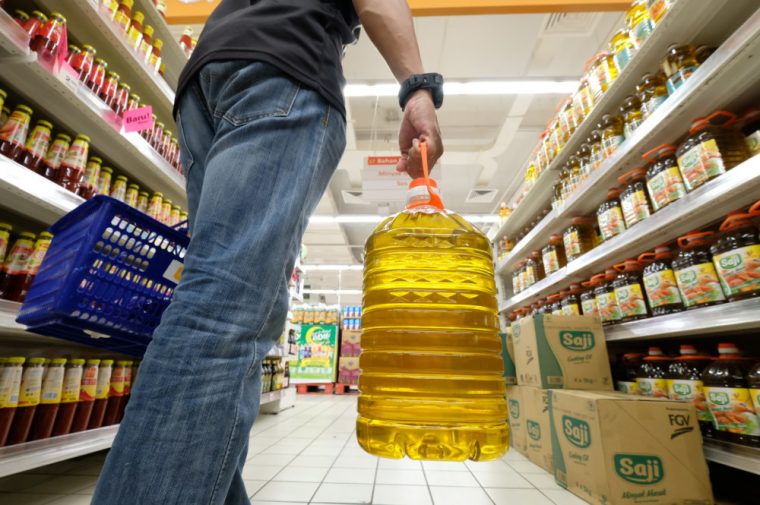
Note that it’s not just food prices that are increasing. Many other products have become more expensive due to these factors, which just leads to things becoming even more expensive as a result.
Let’s take cooking oil, for example. According to the Federation of Sundry Goods Merchants Associations of Malaysia, a 5kg bottle of “Red Eagle” and “Knife” brand cooking oil currently costs RM45 — a RM10 increase compared to its pre-COVID-19 price of RM35.
Imagine if you owned a big restaurant that had to use even one of these 5kg bottles each day in order to cook all your food. Before the pandemic, you’d need to spend RM245 per week on cooking oil. But now, you’ll be spending RM315 a week instead!
So how do you make up for this cost increase?
Well, the easiest way is to — you guessed it — raise your prices.
So How Is Our Government Responding?
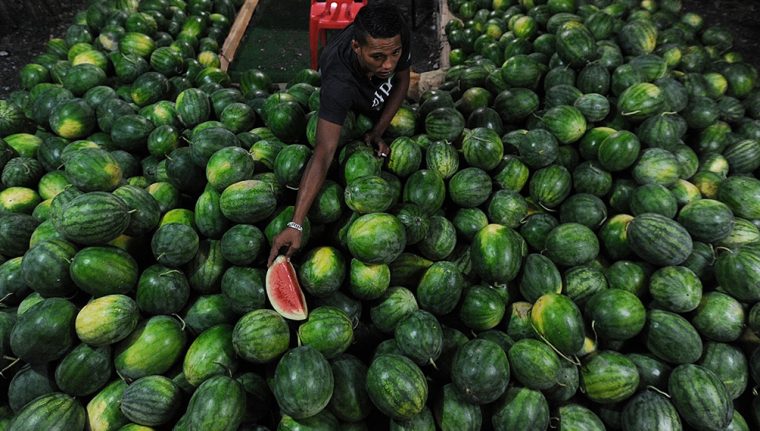
Obviously, the government can’t allow food prices to spiral out of control. After all, if things got too bad, Malaysians may start to starve — or even worse, decide not to vote for them in the next election!
In May 2022, Prime Minister Datuk Seri Ismail Sabri Yaakob announced that Malaysia would be abolishing the approved permits (AP) required for food items in order to help keep food prices affordable.
“With immediate effect, anyone can import food into the country,” he said. “If previously an AP is needed to bring in food, there is now no need to get a permit.”
This basically means that anyone can import food into Malaysia, regardless of connections or quality… which may not always be the best idea.
Local groups such as the Federation of Vegetable Farmers Association President Lim Ser Kwee have pointed out that allowing cheap foreign products to flood the market may help in the short term, but could reduce our country’s food security in the long term.
“The government needs to monitor and control what needs to be imported to take care of our welfare too — the local farmers. We are all struggling badly as is,” he said.
“If there are no more imports later on, who is going to plant and harvest what is needed?”
Datuk Ishak Mat Arif of the Selangor State Chicken Breeding Association added that the government needed to monitor the situation carefully to prevent Malaysia from being turned into a dumping ground for low quality unwanted goods.
He also pointed out that being too reliant on foreign produce could be dangerous as other nations might decide to ban product exports in order to fulfill their own needs.
For example, in May 2022 India declared that it was banning the export of wheat in order to ensure that their own citizens would have enough food to survive the current drought season.
Obviously, India is not wrong for prioritising their own citizens during a crisis like this. However, the wheat export ban has raised alarm bells in many poorer Asian and African countries as they were relying on Indian wheat to keep their own people fed.
Considering situations like this, should Malaysians really be so happy about the end of APs?
“Food security is important. Let us not go to the extent where there are insufficiencies. It can happen, because foreign nations too want to safeguard their products for their people. What happens if they decide to not want to import any longer?” said Ishak.
Time to Tighten Our Belts
No matter what the long term effects might emerge from our government’s actions, the fact remains that we should all be prepared to start paying higher prices for our regular groceries. Now is the time to put aside all the fancy luxuries and focus on the basics.
Of course, at this point I’m pretty sure most Malaysians are already used to painful price increases. After all, the cost of food has been noticeably rising ever since the pandemic began!
To learn more about some of our previous price increases, check out:
M’sians Say Sayur-nara to Affordable Vegetables with 200% Price Increase
